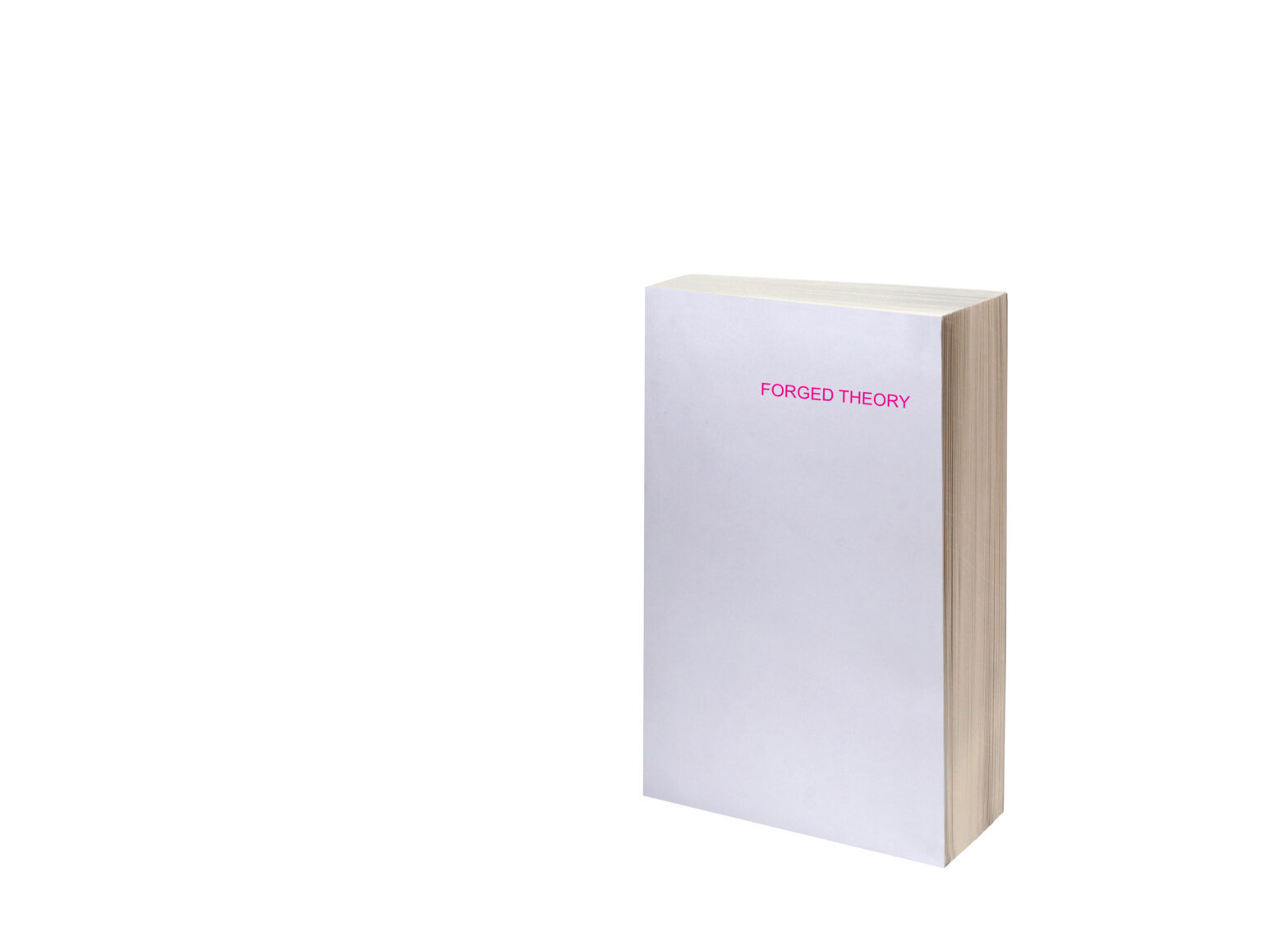A workshop conceived by Peter Stamer and Vladimir Miller for a.pass Brussels
„Contemporary art has two major problems to face. One is that it’s absolute meaningless when it comes to a larger scale. Whatever is being produced, performed, presented has no potency to leave the bubble of those who are in one way or the other involved in the respective field. The artistic practice is absolutely irrelevant and will have nothing to contribute in the forthcoming years to the challenges globalism already presents to our societies. The other huge problem even has a dramatic touch. There is not one single theoretical concept, not one philosophical idea that has been articulated or even thought within the contemporary arts that would have an impact on the ‚world out there’. Nothing that would provoke social discourses to rethink the accepted horizon of knowledge, nothing to at least create confusion in scientific environments. Instead, contemporary art theory is as stale as the beers the visual artists drink after they have opened their futile exhibitions, as silly as the babble theatre makers come up with in their meaningless funding applications, as impotent as the pieces dancers fabricate in their unattended off-off garages. Theory which has developed into the well-fed heir of contemporary artistic practice is in fact a motherless, dead-born child, and I couldn’t think of anything that would reanimate that poor and hopeless creature. What ‚theory’ is rather in dire need of is to be turned around in order to be taken from behind…“
Gianluca di Fratelli: Standing on one leg while holding one’s breath. The Apocalypse of the Now. In: Riders in the Storm. The Act of Nothing. Ed. by Meyers P. and Bozac S., Rome/Warsaw 1997. p. 233-234
“I remember this workshop where we were asked to write theory in support of our research. Not to go and read and quote existing work but to make it up, to quote from a fictional pile of books. What would be such a fictional body of writing to situate our work in? What kind of fanstasy discourse does our work exist in? To be honest: Is our work not already producing a potential yet unwritten discourse? We keep looking until we find that ghost in someone else’s writing, calling it research, no? Its divination, ghost hunting, séances. Can we go one step further and conjure up those voices we are looking for? In that workshop we looked at the many fragmented ways those voices appear in a piece of writing: blurbs on the back page, quotes from form other literary works, footnotes, citations, bibliography lists and lists for further reading. All the ways a supporting structure of precedents is woven into and around an academic text. Mere fragments in themselves, they point to whole architectures of thought. Their distinct style, their no-nonsense-brevity speak volumes. How does an archeologist distinguish between a shard and a piece of pottery made to look like one? He can’t help but imagine the vase.”
Richard Crane, Territorial Discourses Michigan University Press, 1998
For further info visit apass.
